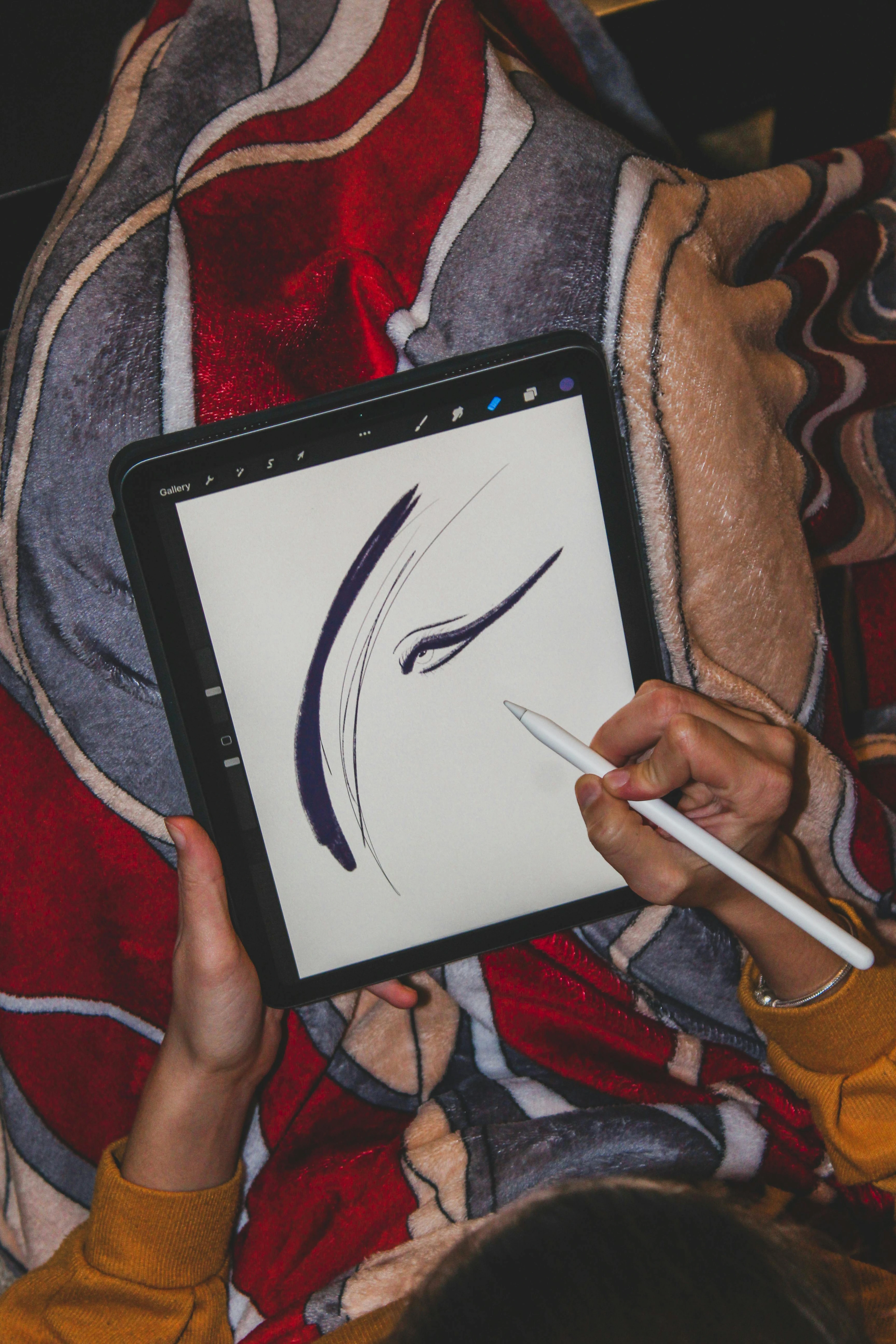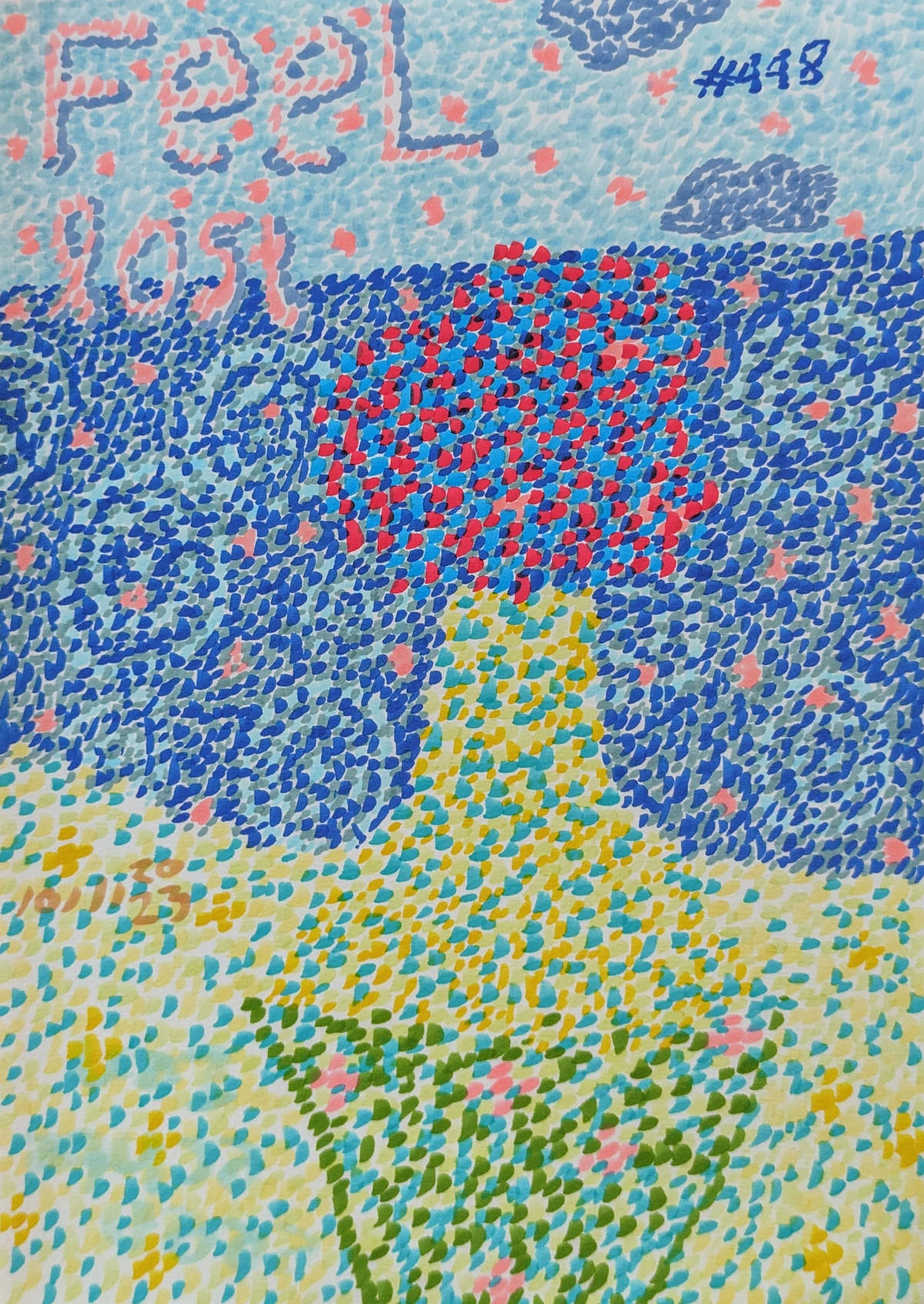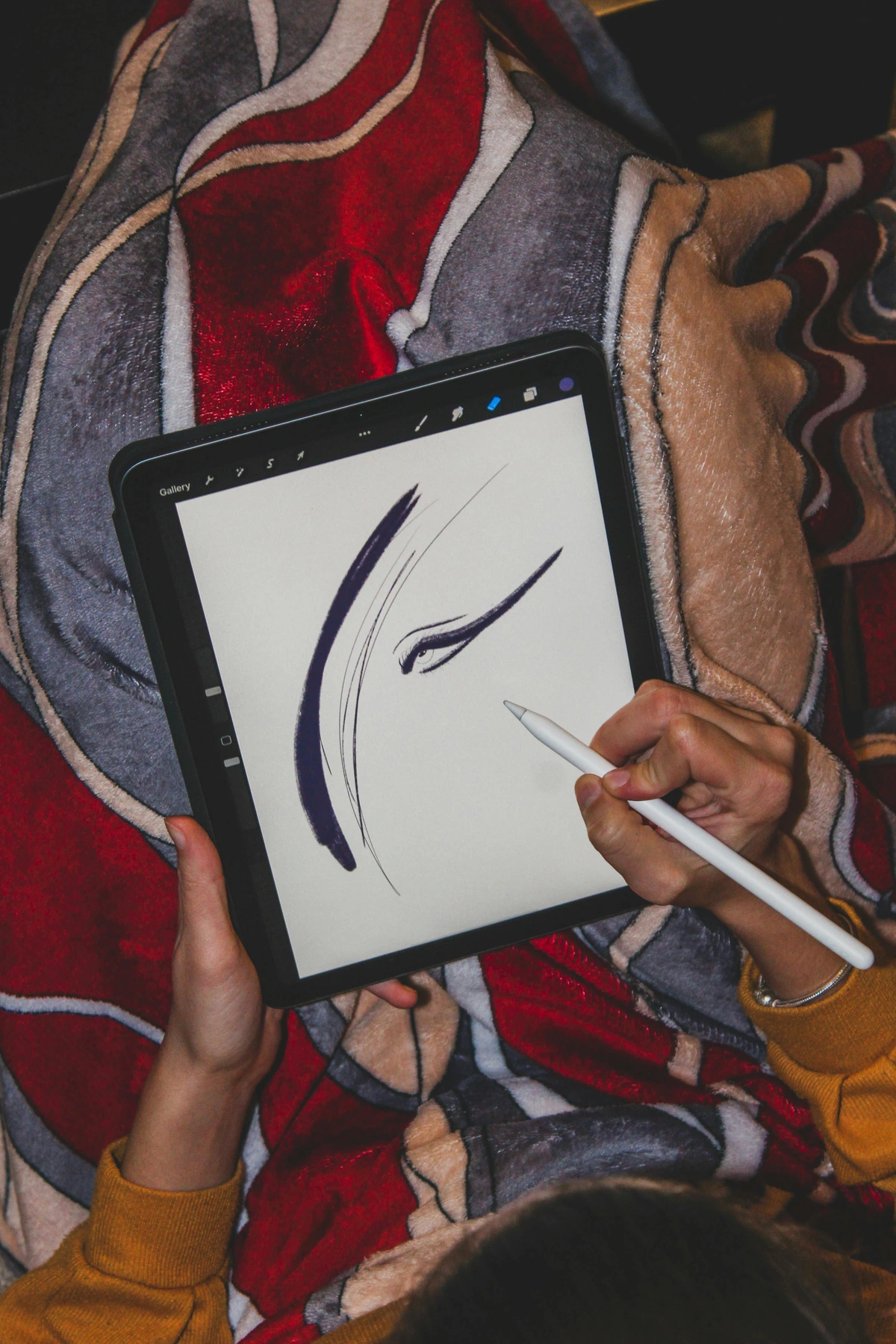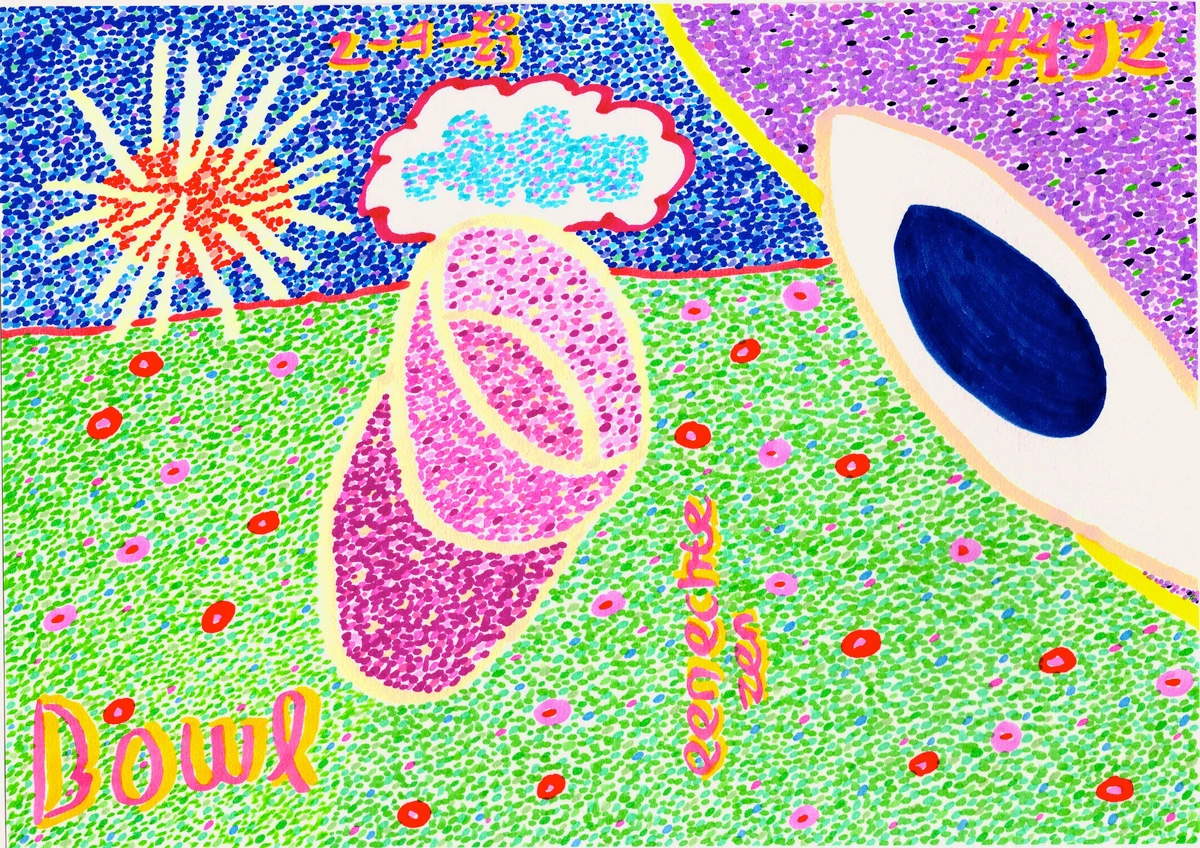
Posca vs Montana Markers: An Artist's Deep Dive & Personal Comparison
Choosing paint markers for your art? Get an artist's unvarnished, personal take on Posca vs Montana, covering pros, cons, usage, blending, and tips to pick your ideal tool for vibrant, mixed media projects.
Posca vs. Montana Paint Markers: My Unvarnished, Gritty, & Sometimes Smudgy Truth
Okay, let's talk paint markers. If you're anything like me, your studio probably looks like a glorious war zone—half-used tubes, dried brushes, and a mountain of 'essential' tools you somehow can't live without. Among that beautiful chaos, few decisions feel as weighty, as personal, as choosing your go-to paint marker. It's not just about pigment on a surface; it's about the feeling, the flow, the precise mark that translates the swirling mess in your head onto canvas. And for many of us, that choice often comes down to two titans: Posca and Montana. They're not just markers; they're philosophies, distinct personalities in the crowded art supply store. I've spent enough time with both to consider them my eccentric friends, each with their own quirks and undeniable charm. So, pull up a chair, ignore the paint smears on my hand, and let's get into my completely biased, deeply personal, and sometimes embarrassingly honest take.
My First Dance with Paint Markers: Why We Even Care
I remember vividly the first time I picked up a paint marker. It was this tiny moment of revelation, like finding a secret shortcut in a video game. Suddenly, I could draw, write, and add opaque color to almost anything with a precision and immediacy that a brush couldn't always offer. No water, no palette, just... instant pigment. For someone like me who often works with mixed media and loves to add graphic elements to my abstract art, they became indispensable.
The Magic of Instant Pigment
These markers offer a unique immediacy. Think precise, razor-sharp lines that cut through washes of color, or thick, impasto-like dots that stand proud on the surface, adding a sculptural quality often elusive with traditional brushes. I've used them for everything from defining intricate shapes in my abstract art to adding bold, graphic overlays that would bleed or muddy with other mediums. They're also brilliant for quick studies or making a bold statement on a piece that feels a little too... polite. The convenience is just unmatched, and honestly, sometimes a little laziness is the mother of invention, right? Beyond paper and canvas, I've used them on wood, glass, ceramics, metal, and even clothing. The versatility is a huge factor, and how each brand performs on these varied surfaces is a key part of the puzzle when choosing your weapon.

So, with that adoration for the humble paint marker established, let's dive into the first contender in my personal ring—the one that feels like a steady, understanding gaze.
Round One: Posca - The Dependable, Detail-Obsessed Friend
Ah, Posca. Uni-ball Posca markers, to be precise. These are the ones everyone seems to know, and for good reason. They're like that old, reliable friend who always shows up on time, brings exactly what they promised, and rarely disappoints. My relationship with Poscas started with me needing something to touch up some dark edges on a canvas, and they absolutely delivered.
Posca's Strengths: My Favorite Aspects
What truly wins me over with Poscas is their incredible consistency and opacity. You get this beautiful, vibrant color that truly pops, even on dark surfaces. This matters immensely when you're layering colors or trying to create crisp, sharp contrasts in your work. On glass, Poscas cure to a remarkably smooth, almost enamel-like finish, which, with a little sealing, can be quite permanent. On fabric, they absorb beautifully for crisp lines without feathering. Even on textured wood, they maintain their integrity, making them a staple in my mixed media projects, where I often combine paint, collage, and drawn elements.
They come in a myriad of nib sizes, from super fine (think 0.7mm for intricate details, perfect for lettering, tiny accents that make a painting sing, or delicate outlines—creating almost whispered marks) to broad chisel tips (like 15mm, ideal for filling in larger areas with smooth, consistent color, making bold declarations). The paint flow is usually smooth and predictable, which is a huge relief when you're in the zone. Being water-based acrylics, they also offer a fascinating blending opportunity: when wet, you can use a brush and water to create watercolor-like washes, or layer different colors and then, with a quick, light spritz of water, gently blend the edges for softer transitions before they dry fully.

Zen Museum, CC BY-SA 4.0
Where Poscas Make Me Sigh (And Sometimes Swear)
Now, no tool is perfect, not even my trusty Poscas. My biggest minor quibble? The drying time. While not excessively long, it's definitely slower than some other markers out there. If you're as impatient as I am (especially when a client deadline looms), you'll quickly learn the hard way about accidental smudges. I once ruined a perfectly crisp white highlight on a dark abstract piece, leaving behind what looked like a ghostly, furious fingerprint—definitely not the intended 'artist's signature.'
Also, the shaking ritual—oh, the shaking! It's less a suggestion and more a sacred ritual. My trick, refined over years of frantic pigment dispersal: shake vigorously for a solid 30 seconds, a rhythmic dance to awaken the dormant color, then pump the nib on scrap paper until the flow is a river, not a trickle. Rushing this step is a cardinal sin, often punished by watery starts or streaky lines that demand a redo. The pigment particles in Posca's water-based acrylic need to be evenly suspended, or the color won't be opaque, looking more like a weak tea than vibrant paint. And sometimes, if they're not stored perfectly upright, those delicate tips can get a bit 'crusty.' A quick warm water bath usually fixes it, but it's a small tax on my disorganized studio habits. While comfortable for most, extended sessions with the finer tips can sometimes make my hand cramp, a gentle reminder from my body to take a break.
Posca: Longevity and Archival Quality
On permanence, Posca's water-based pigment is generally lightfast, meaning it resists fading under typical indoor light, but like most acrylics, a good UV-protective varnish is a wise investment for pieces destined for sunny spots or outdoor display. Their archival quality is good, though I always seal my finished pieces for peace of mind, especially when creating abstract lines that need to last.
Round Two: Montana - The Bold, Unapologetic, and Slightly Rebellious Companion
Then there's Montana. Specifically, Montana Cans markers. These guys feel like the edgy, street-smart cousin to Posca's more polished demeanor. Rooted deeply in the graffiti and street art scene, Montana markers bring a different kind of energy to the table. When I want something that screams 'urban grit' or I need truly vibrant, fast-drying coverage on a larger scale, I instinctively reach for my Montanas. They don't just put down color; they lay down attitude.
The Montana Vibe: What I Love
Montana markers, whether it's the acrylic or alcohol-based variants (though I lean towards the acrylic ones for studio work), are built for bold statements. Their paint quality, deeply rooted in their spray paint heritage, translates to a pigment load that feels almost reckless in its intensity. This is raw, unadulterated color, ready to explode onto your surface. The opacity is generally exceptional, allowing for single-pass coverage that feels incredibly satisfying, especially when you're working against the clock or on a large scale. It's the closest thing to 'instant gratification' in the art world.
Their paint flow feels different from Posca; it’s often a bit more fluid and intense, especially with their pump-action models which deliver a torrent of pigment designed for rapid coverage. This allows for incredibly smooth, consistent lines and quick fills on a variety of surfaces. On concrete or metal, they bite in beautifully, creating a lasting, weather-resistant mark. On rougher wood, the paint saturates without bleeding excessively, offering a consistent, bold line. I've found their colors to be incredibly lightfast too, which is a huge plus when I'm creating pieces that might hang in a sunny studio or gallery. This rapid drying time is a godsend for me, allowing for quick fire layering without the fear of disturbing previous marks. The paint itself feels thicker, more substantial than Posca, laying down a tangible layer of pigment that can add a subtle, satisfying texture to your work. It's less about a delicate wash and more about a confident statement.

Where Montana Invites a Different Kind of Dance (And Sometimes a Headache)
Even my beloved Montanas have their quirks. While I praise their flow, their intense fluidity demands a certain respect. On absorbent paper, I've seen it feather like a startled bird, leading to accidental pooling or bleeding if you're not careful. It's less 'surgical precision' and more 'controlled explosion,' definitely less forgiving for delicate, intricate detail work than the finer Poscas. If you're going for hair-thin lines, prepare for a challenge or choose a different tool.
Another point of contention is the odor, particularly with their alcohol or solvent-based markers. While the acrylics are much milder, some variants can pack a punch that'll make your eyes water. Good ventilation isn't a suggestion; it's a non-negotiable pact with your lungs. And while their nibs are generally robust, they're not indestructible, especially when you're attacking a gritty concrete wall or deeply textured canvas. I've had a broad chisel tip surrender its sharp edge mid-mural, requiring a quick swap that breaks the flow—a small frustration, but a frustration nonetheless. Their often chunkier bodies feel good for bold strokes, but for hours of fine detail, they can feel a bit unwieldy, like trying to thread a needle with a boxing glove on.
Montana: Longevity and Archival Quality
Montana's pigments are also engineered for impressive lightfastness, especially given their outdoor art roots. Many of their colors are highly resistant to UV degradation, making them a solid choice for murals or art intended for display in bright conditions. A clear coat of their own varnishes can further enhance this durability, protecting against abrasion and environmental factors. Many Montana markers are also refillable and have replaceable nibs, offering a more sustainable and cost-effective option for heavy users, which is a great consideration for artists who want to how to abstract art on a budget.
Posca vs. Montana: The Head-to-Head Showdown
But enough of my rambling, let's get down to brass tacks and see how these two stack up on paper (or canvas, or concrete...). This isn't a showdown where one emerges victorious; it's a masterclass in strategic alliance. Your art deserves both, deployed with purpose.
Feature | Posca (Uni-ball) | Montana (Cans) |
|---|---|---|
| Primary Use | Studio art, mixed media, craft, illustration, fine detail | Street art, graffiti, large scale, bold graphics, rapid coverage |
| Target Artist | All levels, detail-oriented, mixed media artists, illustrators, fine artists seeking control | Intermediate to pro, urban artists, muralists, artists valuing speed and impact |
| Paint Base | Water-based acrylic, odorless | Acrylic or alcohol/solvent-based, varying odor |
| Opacity | Excellent, consistent, vibrant, buildable | Exceptional, often richer pigment load, often single-pass |
| Drying Time | Moderate, can smudge if not careful; reactivable when wet | Fast, excellent for rapid layering; less reactivable |
| Paint Flow | Smooth, predictable, good control, deliberate | More fluid, intense, can pool/bleed if not careful; pump-action delivers more |
| Nib Variety | Extensive (0.7mm to 15mm+), varied shapes for fine to broad work | Good range, often broader tips, robust; replaceable nibs available |
| Detail Work | Exceptional, great for fine lines, accents, intricate patterns | More challenging for intricate details; better for bold lines and fills |
| Coverage | Excellent, but might require multiple passes for full opacity | Excellent, often single-pass coverage for vibrant results |
| Surface Compat. | Highly versatile (canvas, glass, wood, fabric, stone, metal) | Very versatile (canvas, concrete, metal, stone, wood, glass) |
| Odor | Low, virtually odorless | Varies; acrylics are mild, alcohol/solvent-based can be strong (requires ventilation) |
| Durability | Tips can clog if not stored well; generally robust | Tips can wear faster on rough surfaces; robust, often replaceable nibs |
| Finish | Matte to semi-gloss, smooth | Often a more consistent matte, very opaque; can add subtle texture |
| Blending | Limited (can be manipulated with water when wet) | More challenging (dries very fast, less reactivable) |
| Economics/Refills | Some refill options for larger sizes | Many markers are refillable with replaceable nibs, cost-effective for heavy users |
| Archival Quality | Good lightfastness, benefits from UV varnish | Excellent lightfastness, good for outdoor, benefits from varnish |
Choosing Your Champion: When to Reach for What
So, when do you grab the dependable friend, and when do you call on the rebellious cousin? It really boils down to your specific project and artistic intent. This isn't a showdown where one emerges victorious; it's a masterclass in strategic alliance. Your art deserves both, deployed with purpose.
- Go for Posca when: You need precision, consistency, and versatility for studio work. Think detailed abstract lines, adding crisp graphic elements to a painting, delicate lettering, or working on surfaces like glass or fabric where gentle layering is key. If you're doing anything that requires meticulous control and minimal odor, Posca is your go-to. For intricate stippling on black paper, Posca's fine nibs are unparalleled, creating precise, luminous dots that glow.
- Opt for Montana when: You're craving bold, fast, and opaque coverage. If you're working on a larger scale, tackling street art, or need to cover dark surfaces quickly and vibrantly, Montana will deliver. Their faster drying time is a blessing for rapid fire layering and dynamic mark-making, especially if you're not afraid of a bit of a stronger scent profile. For large-scale, single-pass lettering on a concrete wall or creating vast, vibrant color blocks on a mural, Montana's flow and coverage are essential, allowing for speed and impact.
Ultimately, both are incredible tools in an artist's arsenal. I often find myself reaching for Posca to lay down intricate patterns and delicate graphic elements, building layers with patience. Then, I grab a Montana to unleash a bold, sweeping gesture that cuts through the previous layers, adding a raw, energetic punctuation mark. It’s like having a surgeon's scalpel and a painter's broad brush—each indispensable in its own moment.

A Quick Word on Other Contenders (Because Art is a Big World)
While Posca and Montana often dominate the conversation, the paint marker universe is vast and wondrous, filled with other contenders deserving of a nod. I know some of you are probably thinking, 'But what about Molotow? What about Kuretake?' And you'd be right to ask! Molotow's Liquid Chrome markers are legendary for their mirror-like finish, and Kuretake offers fantastic water-based options, often praised for their brush-like nibs and intense colors. However, Posca and Montana often stand as the quintessential comparison points due to their widespread availability, extensive color ranges, and distinct approaches to acrylic-based pigment. They truly represent two major philosophies in the paint marker universe, making them ideal for this head-to-head.
Final Thoughts: It's All About Your Art
After years of paint-splattered hands and countless canvases, my unvarnished take remains: both Posca and Montana are exceptional tools, each with its own personality and strengths. Your choice will ultimately reflect your artistic process and the story you want to tell. Don't be afraid to experiment, to get messy, and to let your intuition guide you. The journey of finding your perfect tools is as much a part of the art as the final piece itself. Ultimately, the best marker is the one that sparks your creativity, the one that becomes an extension of your hand and your artistic voice. If you're curious about how these incredible tools come alive in my own work, especially my vibrant and colorful art, feel free to explore my collection of abstract art prints for sale or delve into my artistic journey where every mark tells a story. Happy creating!




